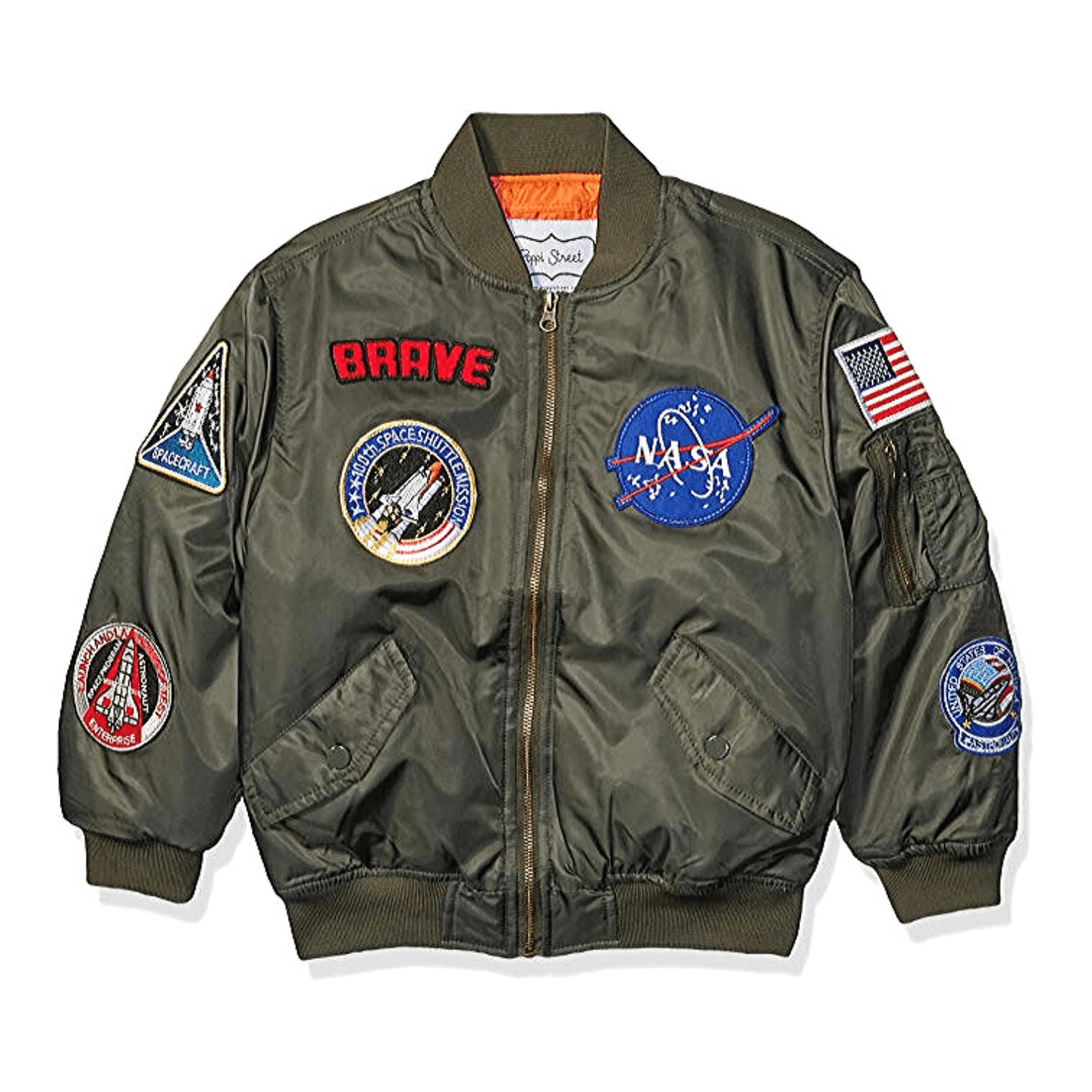
Many active pieces are designed with an exterior shell that’s also more breathable but is often softer and less water-repellent than what’s found in other synthetic apparel.Īll active insulation, no matter the brand, is designed to prevent lots of layer swaps so that it can be worn throughout the entirety of an activity like hiking, climbing or skiing. In comparison to regular synthetic insulation, active is the most breathable form of synthetic insulation available today thanks to a construction that prevents the migration of fibers within the piece while allowing for extra stretch and superior moisture management. Some are proprietary, like Patagonia’s FullRange insulation, and some, such as Polartec’s Alpha insulation, which was originally developed for the US Special Forces, are sourced by a range of companies.Īs with other types of synthetic insulation, active insulation is highly water-resistant and compressible. How this is achieved depends on the insulation used in the jacket, and every company uses a different version. The technology draws its name from its intended use - active insulation garments are insulating pieces that are meant to be worn during activity (unlike, for example, a down jacket one might throw on after activity once the body starts to cool down).Įvery active piece has one feature in common: they’re incredibly breathable. Technically, active insulation is a type of synthetic insulation (a water-resistant alternative to down), but because of some fundamental differences that make it unique, active should be considered on its own. Now there are enough companies making apparel that’s both warm and breathable that active insulation can officially be considered as its own category. Until Patagonia released its Nano Air Jacket in 2014, active insulation flew below the radar (the concept was first introduced by Polartec in late 2012). Go for synthetic if there’s a fair chance of getting wet or if your true first concern is getting a break on the price. Not sure which is right for you? If you’re going somewhere cold but mostly dry, natural down is probably the way to go, but it will probably be more expensive.

Synthetic insulation goes by a lot of names, depending on the brands associated with it, but synthetic down insulation will never be labeled as down unless it’s a clearly labeled mixture of real and synthetic materials. You should also know that although the industry is still improving and innovating ways to make down more water-resistant, no feathers are truly waterproof.

You might see fancy terms added in, like Mountain Hardwear’s proprietary Q.Shield waterproofing treatment, but if it’s “down,” it’s still the real deal. In terms of labeling, if a jacket just says “down” it’s definitely natural down insulation. On the flip side of the coin, synthetic down is less prone to clumping when it gets wet, so in mixed weather conditions, it might be a safer bet. One trade-off is that synthetic down weighs slightly more by volume (and insulating ability) than natural down, so synthetic-filled gear tends to be marginally heavier and bulkier. Synthetic down really does insulate well, without losing packability or the lightness of natural down - not to mention it’s hypoallergenic.


Synthetic insulation is our attempt to mimic natural down’s insulation power with polyester fibers arranged in different sizes that cluster and trap heat much like the real thing. Also worth noting: although big efforts have been made by a lot of brands and outfitters such as Patagonia and The North Face, not all down is sourced ethically, and animal cruelty can become part of natural down insulation’s production chain. But when natural down gets wet, it clumps and loses a lot of its heat-retaining ability. Down and synthetic-filled products both offer these qualities, but there are pros and cons to each.ĭown comes from the layers under protective exterior feathers of geese and ducks - it works for them while they float and fly around every winter, so of course, it keeps us warm as well. The best insulating piece, whether it’s a jacket or a sleeping bag, must be warm, light and easily packable. What to Know Before You Buy a Synthetic Down Jacket Down vs.


 0 kommentar(er)
0 kommentar(er)
